Top 10 best spy movies

James Bond may be the most popular spy associated with the genre over the years, but several others deserve attention from ardent fans as well. Spy movies have always been one of the most beloved genres due to their thrilling action, twisting plots, and memorable characters. Those who enjoy them will be happy to know that there are plenty of brilliant films beyond the Bond franchise.
They’ll be happy to know that there are many brilliant films that are not limited to the Bond franchise.
From classics like “North by Northwest” to blockbusters like “Mission Impossible,” numerous non-James Bond spy films are characterized by suspense and exquisite storytelling. The best of them prove that there’s more than one way to tell a compelling story with mind-bending twists and turns, undercover agents and government conspiracies.
The best of them prove that there’s more than one way to tell a compelling story with mind-bending twists and turns, undercover agents and government conspiracies.
Exploding Blonde (2017)

Charlize Theron stars as elite MI6 spy Lorraine Broughton in director David Leitch’s “Blonde Explosion.” In the adaptation, based on the 2012 graphic novel The Coldest City by Anthony Johnston and Sam Hart, the agent is tasked with getting her hands on a crucial list of double agents that could change the course of the Cold War. Her mission takes place on the eve of the fall of the Berlin Wall, which raises the stakes for everyone involved.
She’s on a mission that could change the course of the Cold War.
“Blonde Explosion” makes up for a weak and somewhat predictable plot with dazzling visual effects that turn 1989 Berlin into a neon-drenched battlefield. The movie is shot largely thanks to Theron’s performance as the badass protagonist, who fans can’t help but root for in every scene. Add to that a killer 1980s soundtrack, and the movie is a must-see.
The movie is a must-see.
Operation Argo (2012)
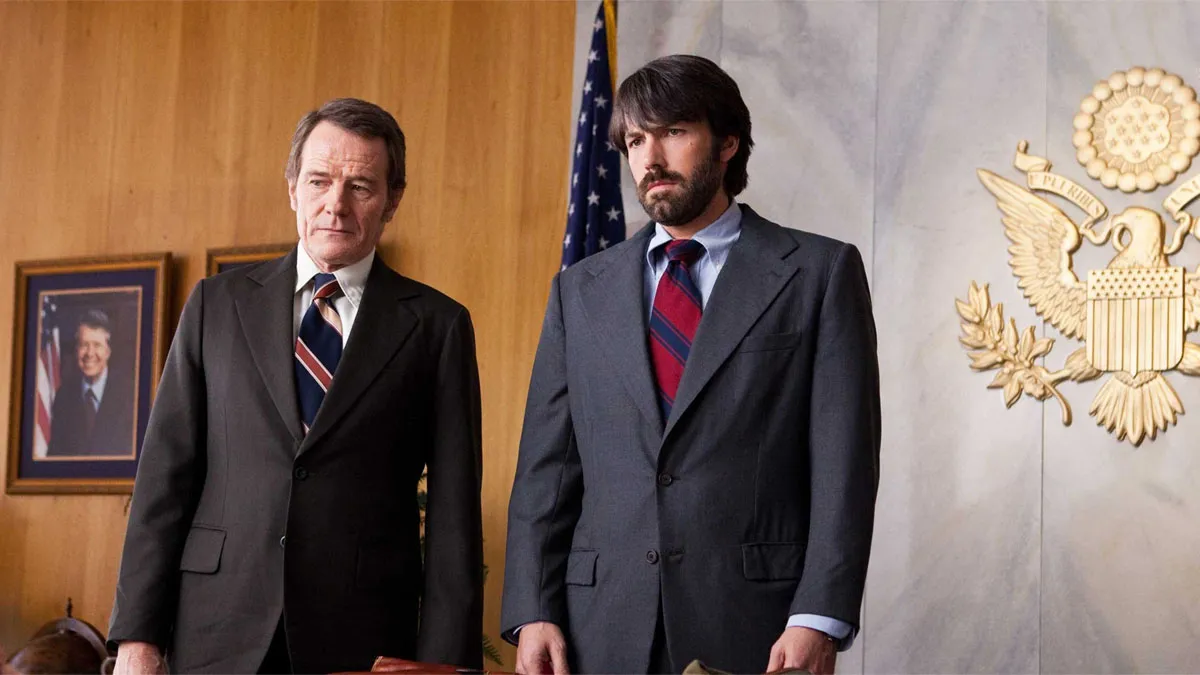
“Operation Argo” — a gripping spy thriller based on true events. Directed, produced and starring Ben Affleck, the movie chronicles the CIA’s daring mission to rescue six American diplomats trapped in Tehran during the 1979 Iran hostage crisis. Affleck plays Tony Mendes, a CIA disinfiltration expert who plans to pose as a Canadian film producer scouting locations for a science fiction movie. With the help of Hollywood insiders Lester Siegel (Alan Arkin) and John Chambers (John Goodman), Mendes sets up a ruse to smuggle out diplomats disguised as members of a film crew.
According to the film’s director, Mendes has a plan to smuggle out diplomats under the guise of film crew members.
To say that Mendes’s plan was unconventional is to understate its significance, and the movie hints at that absurdity in some darkly humorous moments. It seems impossible that such a wild plan would work, and that makes it all the more satisfying to watch it come to fruition.
The movie’s plotting is a bit of a mess.
The Bourne Identity (2002)
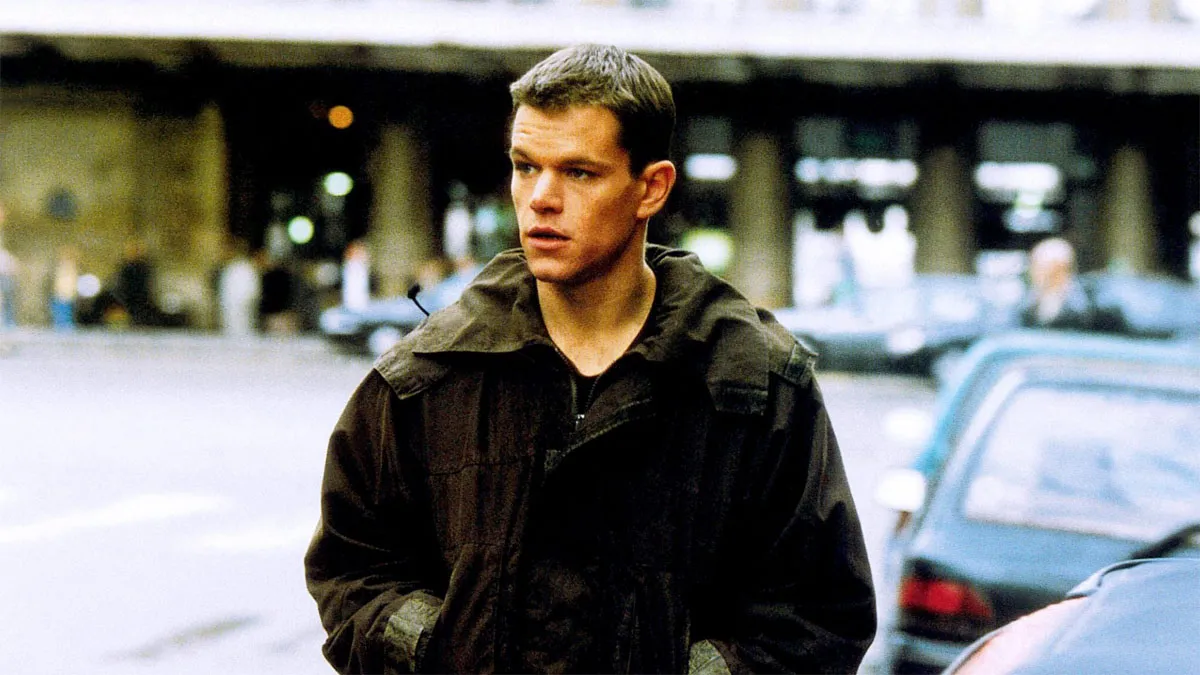
When Jason Bourne (Matt Damon) is found nearly dead in the Mediterranean Sea and has no memory of who he is, he embarks on a journey to find out who he really is and why he’s being hunted. The only clues to unraveling his past — a Swiss bank account number emblazoned on his hip, as well as amazing self-defense and foreign language skills. Along with Marie Kreuz (Franka Potente), an unsuspecting citizen who becomes entangled in his escape, Bourne races across Europe to piece together his lost memories before his pursuers catch him.
Bourne’s only clue is that he’s been hunted by the Swiss bank, and that he’s been hunted by the Swiss government.
The Bourne Identity was a milestone in the history of spy films that eschewed the stylish and flashy world of James Bond in favor of a grittier, grittier reality. Instead of a charming, calculating assassin, Bourne — is a vulnerable man haunted by a life he doesn’t remember. That harshness and realism immediately set the 2002 film apart and helped it become a staple of the beloved franchise.
The film’s brutality and realism immediately set it apart and helped it become a staple of the beloved franchise.
Austin Powers: International Man of Mystery (1997)
.
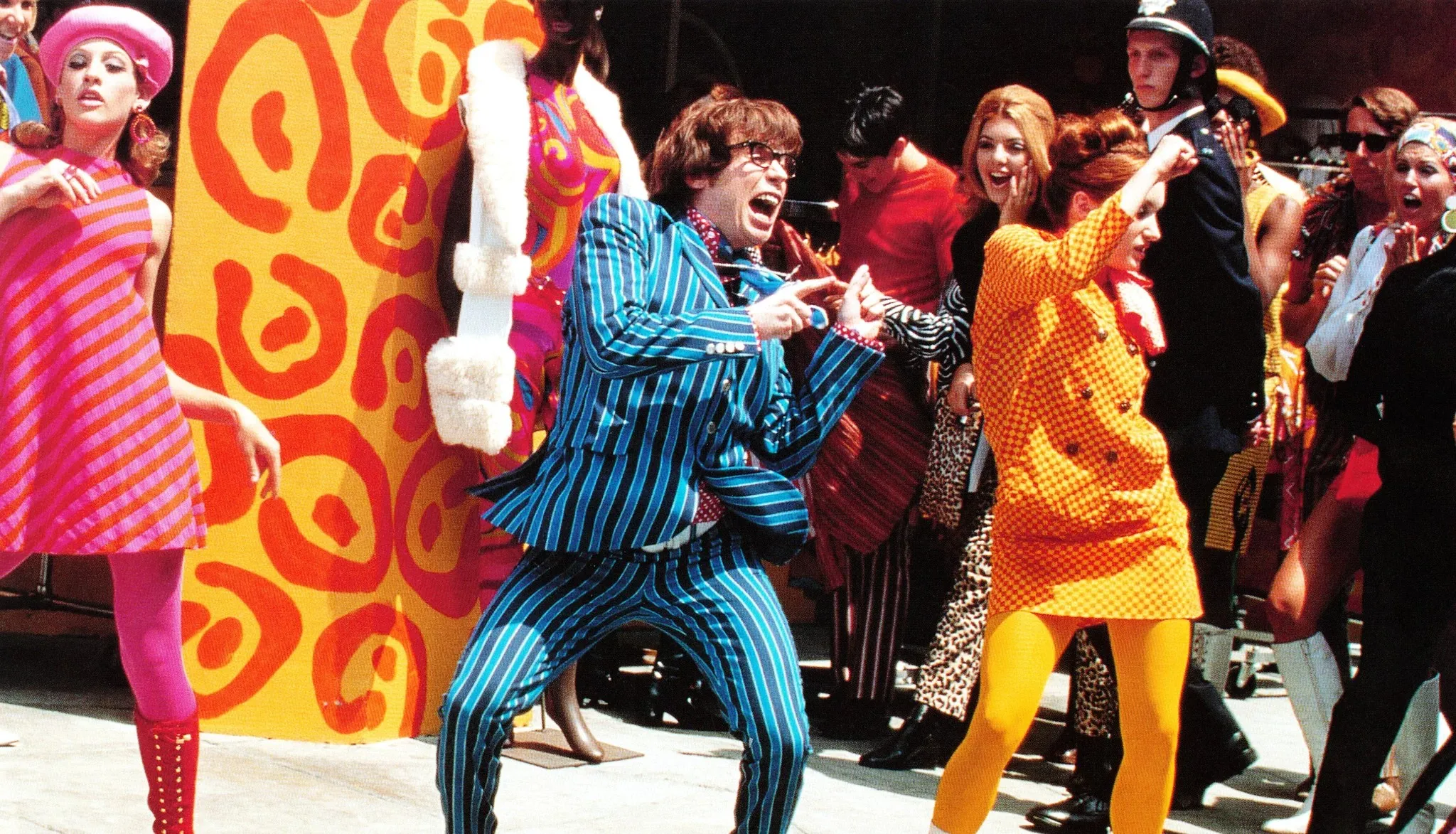
With franchise co-producer and screenwriter Mike Myers playing the dual role of Austin Powers and his nemesis Dr. Evil, “Austin Powers: International Man of Mystery” was the first installment of the hilarious spy comedy. Austin Powers (Myers) — a British secret agent cryogenically frozen in the 1960s who is thawed in the 1990s to stop his nemesis, Dr. Evil (Myers). Dr. Evil is back with a plan to ransom the world for an exorbitant sum, but Powers — with his unusual fashions and phrases — has to adapt to a modern world that has left his ’60s self behind.
Powers — has to adapt to a modern world that has left his ’60s self behind.
The film “Austin Powers,” directed by Jay Roach — is a vivid parody of Mr. Bond’s suave world. Its fashions, gadgets, sexism and over-the-top villain mock the clichés of not only James Bond movies, but 1960s spy films in general. The clever satire makes the movie outrageously entertaining, and in 1997 it spawned two hilarious sequels that are also well worth watching.
The movie’s plotting is also well worth watching.
Spy, Get Out! (2011)
.
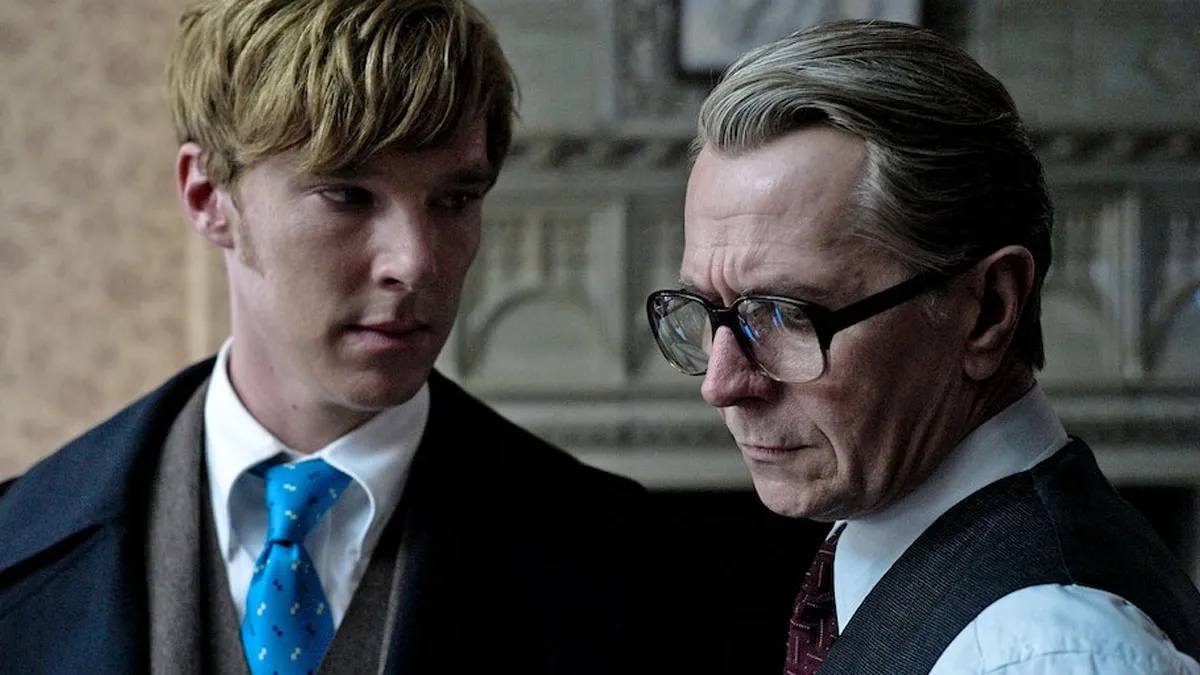
Director Thomas Alfredson’s movie “Spy, Get Out!” — a Cold War spy movie based on John le Carré’s 1974 novel of the same name. The plot centers — on retired British intelligence officer George Smiley (Gary Oldman), who is brought back to investigate a “rat” in MI6 codenamed “The Circus.” His mission to uncover a traitor leaking secrets to the Russians leads him to gradually uncover a British intelligence secret that shakes the entire organization.
Smiley’s mission to uncover a traitor leaking secrets to the Russians leads him to gradually uncover a British intelligence secret that shakes the entire organization.
“Spy, Get Out!” features a talented cast that includes Colin Firth, Tom Hardy and Benedict Cumberbatch alongside Oldman. A masterclass in leisurely storytelling, the 2011 film is far from the usual gunfights and high-speed chases, but centers on a quiet war for information and trust. The slightest gestures and insignificant conversations can turn the tide, reflecting the real-life era and paranoia that the movie tries to convey.
The movie is a masterclass in the way the world works.
The Lives of Others (2006)
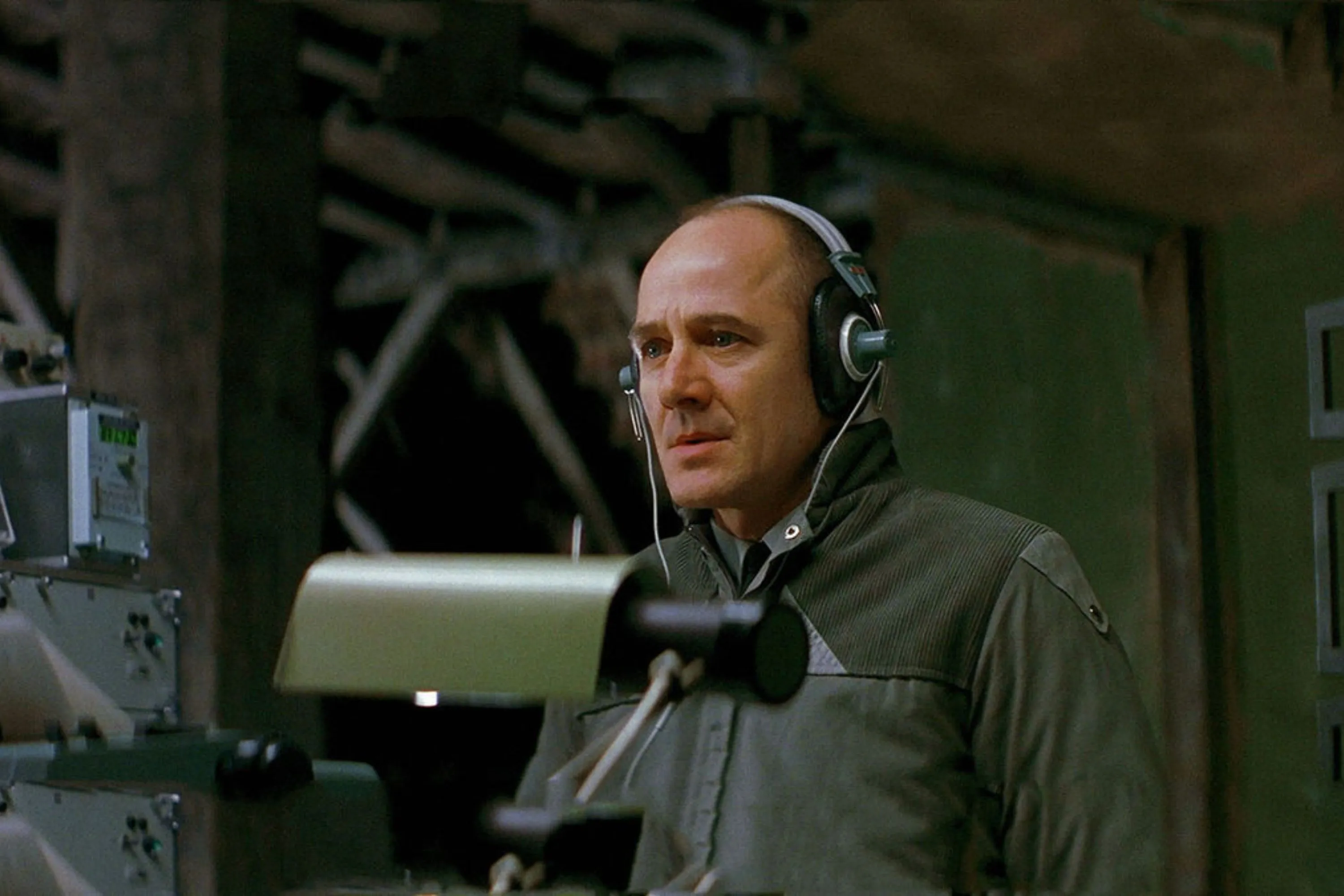
In 1983 East Berlin, a Stasi officer — a member of the secret police — is assigned to follow the lives of renowned playwright Georg Dreyman (Sebastian Koch) and his actress girlfriend Christa-Maria Sieland (Martina Gedeck), who are allegedly loyal to the Communist Party. In the film, officer Gerd Wiesler (Ulrich Müche) transforms from obedient spy to unexpected “spectator” who can’t help but sympathize with the couple, who don’t know they’re being watched.
Director Florian Henckel von Donnersmarck depicts the oppressive surveillance regime through a uniquely intimate story. Despite the stifling power of the Stasi, moments of humanity inspire the protagonist to rebel against everything he knows. This impressive story unfolds in quiet conversations and the surprising emotions they evoke in a well-described spy forever changed by what he hears on the other side.
An intimate story of a spy who is forever changed by what he hears on the other side.
The Spy Who Came in from the Cold (1965)
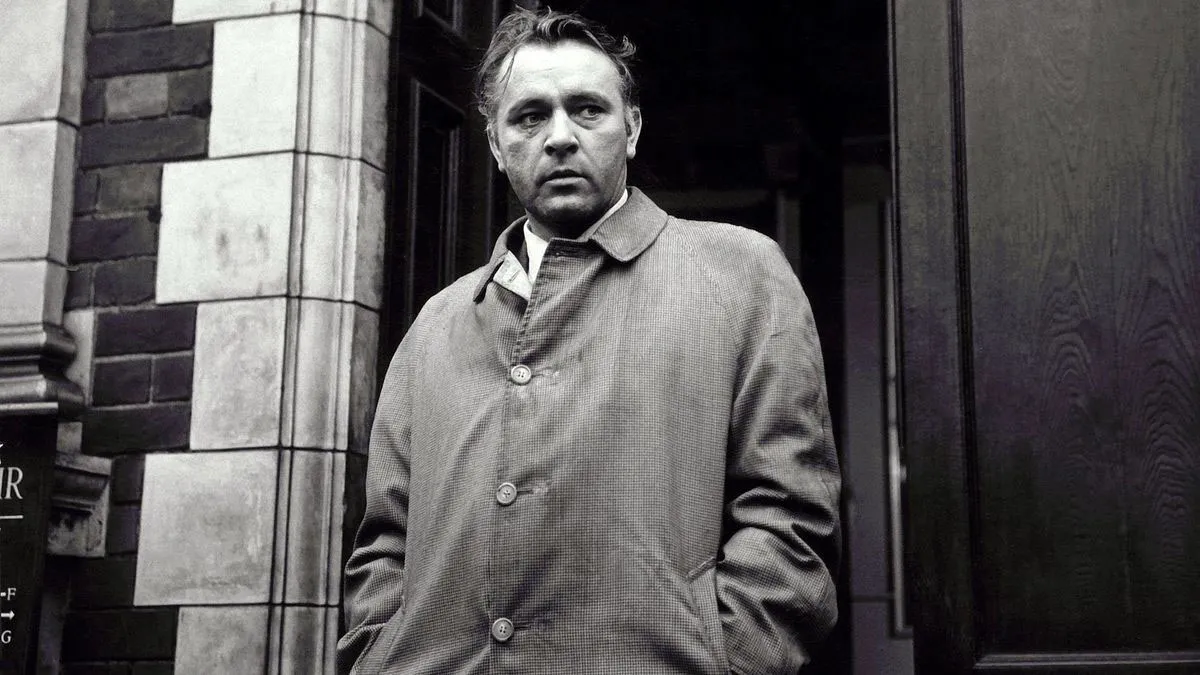
“The Spy Who Came in from the Cold” — another spy movie based on the novel by John le Carré, this time directed by Martin Ritt. Richard Burton plays the role of Alec Leamas, a seasoned British MI6 agent who is tasked with staging a staged defection to East Germany in order to infiltrate Communist intelligence and discredit a high-ranking official, Mundt (Peter van Eyck). As Leamas sinks deeper into his role as a double agent, he discovers that there’s more going on behind the scenes than his superiors initially told him.
And as Leamas becomes more and more immersed in his role as a double agent, he discovers that there’s more going on behind the scenes than his superiors initially told him.
In contrast to the glamorous spy thrillers of the era, “The Spy Who Came in From the Cold” is stark and cynical. Its black-and-white portrayal of the espionage world as morally corrupt and heartbreaking helped it stand out immediately, amidst other motion pictures. Alec Limas is certainly no formulaic hero, a broken, cynical man caught in a trap where spies on both sides are often just pawns in a much darker plan.
Mission Impossible (1996)
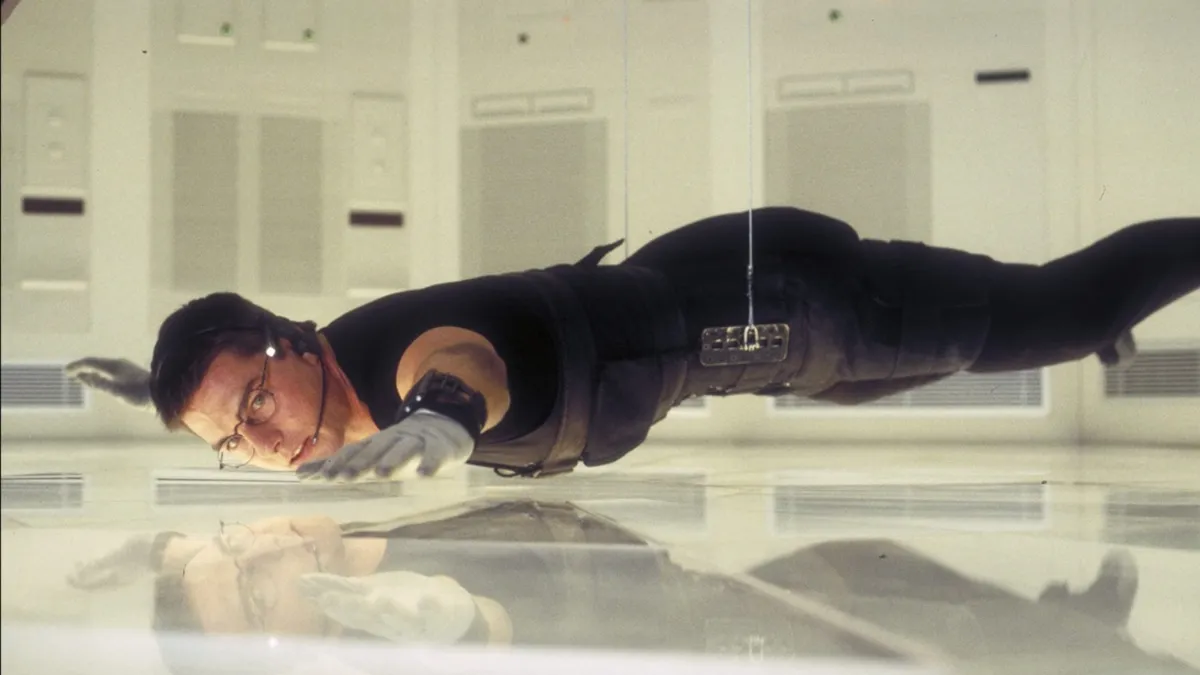
Tom Cruise makes his debut as his iconic character, IMF (Impossible Mission Force) agent Ethan Hunt, in the groundbreaking spy action movie that launched the thriving franchise for which he has become known. Directed by Brian De Palma, Mission Impossible tells the story of how Ethan is blamed for the deaths of his team after an assignment in Prague catastrophically fails. The CIA and his own agency are after him, and Ethan is forced to resign to clear his name and uncover the real “rat” in the organization.
And Ethan is forced to resign in order to clear his name and uncover the real “rat” in the organization.
Mission Impossible sets a new standard for modern espionage movies: stylish scenes and gripping stories that put the protagonist in dangerous situations. Cruise — the undoubted star of the movie, his death-defying stunts, which seem to get bolder and bolder with each installment, have become the highlight of the franchise. Many still consider the first movie to be the best, as it was truly new and mind-blowing for its time, and it was the movie that helped shape the genre as fans know it today.
Cruise’s death-defying stunts are the best part of the movie.
The Third Man (1949)
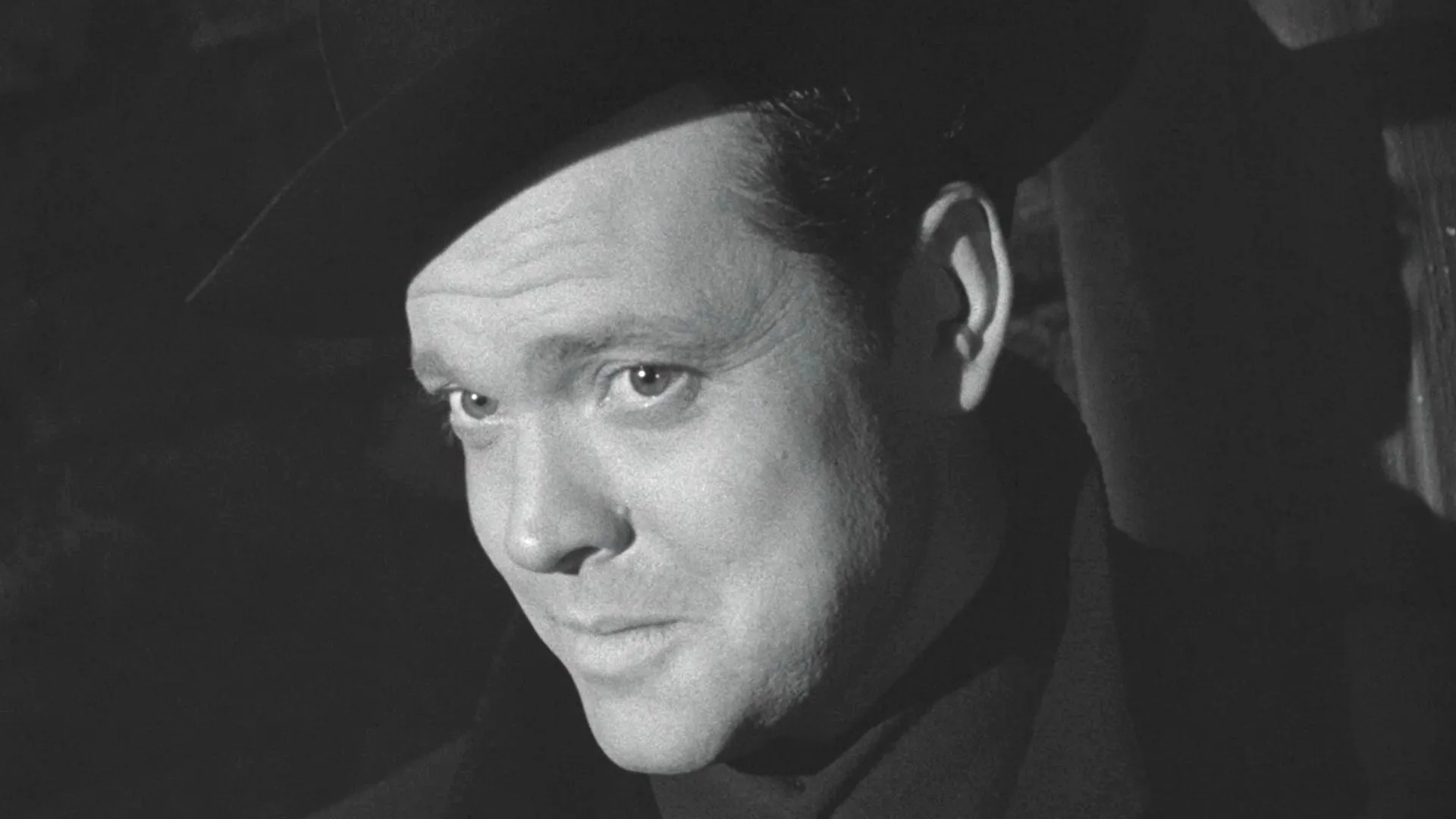
The movie The Third Man tells a chilling spy story set in post-war Vienna, Austria, where science fiction writer Holly Martins (Joseph Cotten) arrives in the city at the invitation of his old friend Harry Lime (Orson Welles). Upon arrival, however, Martins learns that Lime has been killed in a mysterious accident that he later learns involves a “third man.” As he investigates the circumstances of Lime’s death, he begins to uncover dark truths about his friend and the underworld of post-war espionage.
An investigation into the circumstances of Lime’s death begins to uncover dark truths about his friend and the underworld of post-war espionage.
Unlike conventional spy films, director Carol Reed’s film noir doesn’t focus on the direct assignments or stories of the operatives, preferring to convey the chaos of postwar Europe through personal narratives. The story is particularly vivid in conveying the atmosphere of uncertainty and fear in espionage, which leads to the personal betrayals and morally complex and controversial decisions shown in the movie.
The film’s narrative is particularly poignant.
North by Northwest (1959)
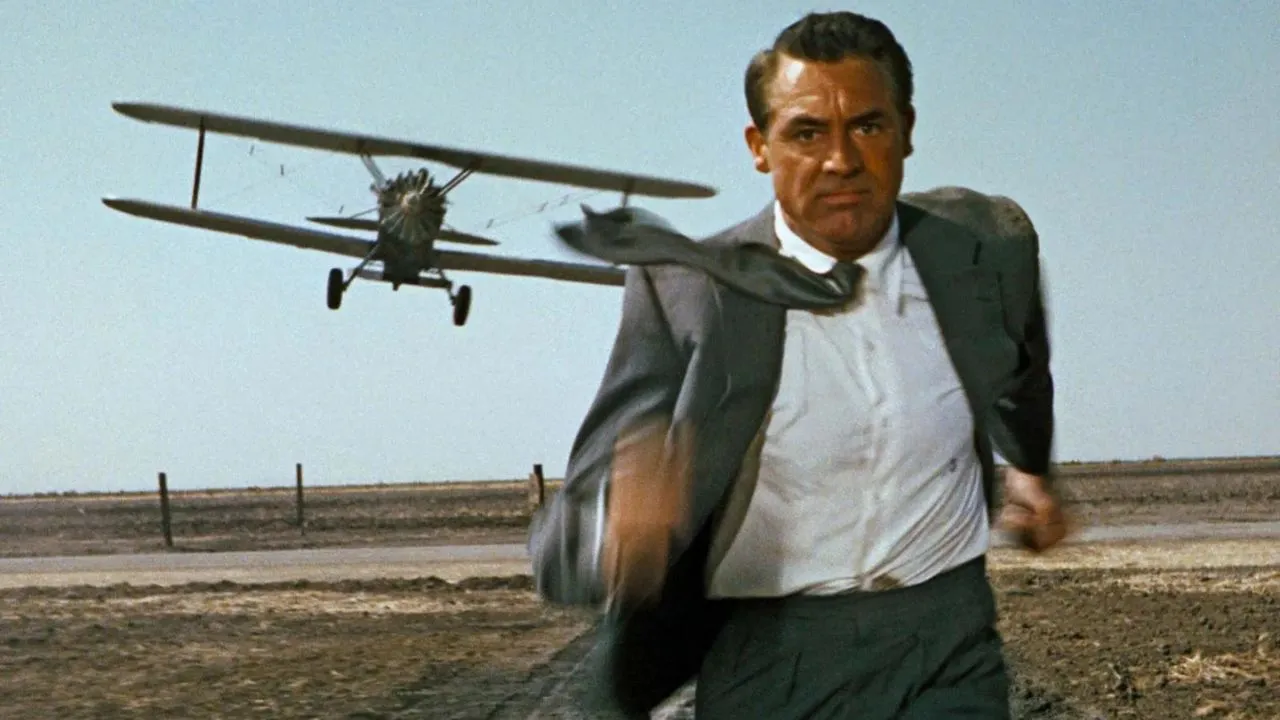
Master of suspense Alfred Hitchcock’s film North by Northwest — a groundbreaking spy thriller centered on — the misadventures of advertising executive Roger Thornhill (Cary Grant), who is mistaken for a government agent by a mysterious group of spies. A case of mistaken identity plunges Thornhill into a world of danger as he is pursued across the United States by the villainous Philip Vandamm (James Mason) and his henchmen. Constantly putting his life in danger, Thornhill must stay one step ahead of his pursuers while unraveling a conspiracy he’s been drawn into against his will.
Thornhill’s life is constantly in danger, and he must keep one step ahead of his pursuers while unraveling a conspiracy he’s been drawn into against his will.
North by Northwest combines Hitchcock’s suspenseful style with Grant’s charm, resulting in a rather thrilling spectacle. With its brilliant sets and witty dialogue, the film remains one of Hitchcock’s most beloved works and a cornerstone of the spy genre.
Material Top 10 Best Spy Movies was first published on ITZine.ru.








